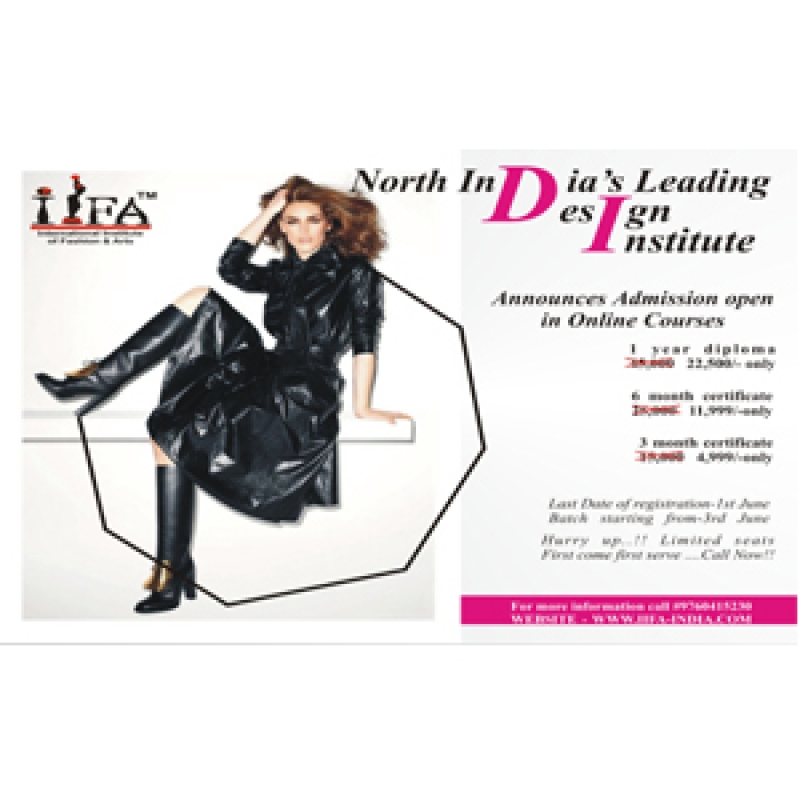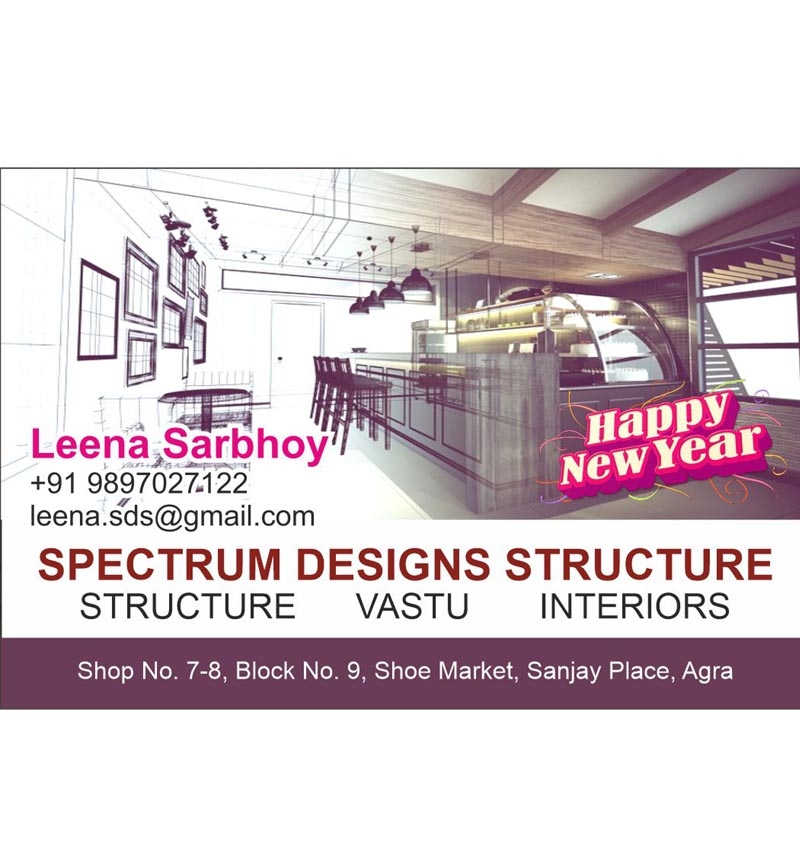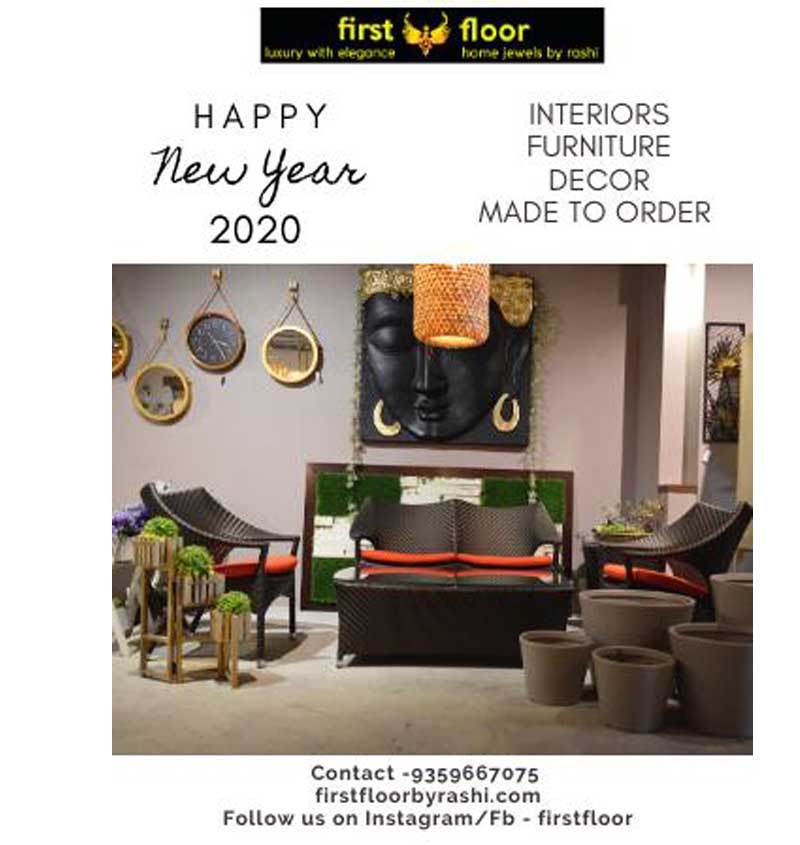1. A Strong Sense of Purpose
Every beautiful space begins with clarity of purpose. Ask: How will this space be used? Is it for relaxation, entertaining, working, or a mix of all three?
Why It Matters: Function informs form. A reading nook requires soft lighting and comfort; a dining room needs practical flow and sociable ambiance. When design supports lifestyle, the space naturally feels more intentional and inviting.
2. Cohesive Color Palette
Color sets the emotional tone of a room. Whether it's calming neutrals, moody jewel tones, or earthy organics, a consistent palette creates visual harmony.
Tips for Color Success:
-
Choose a base tone (usually a neutral) and build with two or three complementary hues.
-
Use accent colors sparingly for interest—think cushions, artwork, or a single painted wall.
-
Consider natural light when choosing colors; even the perfect shade can fall flat in the wrong lighting.
3. Layered Lighting
Lighting is one of the most transformative (and often overlooked) design elements. It creates mood, enhances functionality, and adds depth to a room.
Three Layers of Lighting:
-
Ambient: general lighting (e.g., ceiling lights)
-
Task: focused lighting for activities (e.g., reading lamps, under-cabinet lights)
-
Accent: highlights design features (e.g., sconces, picture lights)
Beautiful interiors combine these layers to make a room adaptable from day to night and from work to relaxation.
4. Furniture That Fits (Literally and Figuratively)
Furniture should serve both form and function—and it should be scaled appropriately to the room.
Design Essentials:
-
Don’t overcrowd. A common mistake is too much furniture in a space.
-
Balance large and small pieces to create visual flow.
-
Invest in key anchor pieces (like a quality sofa or dining table) and build around them.
-
Mix materials—wood, metal, glass, and textiles—to add variety and tactile interest.
5. Textures That Tell a Story
Texture brings dimension to a space. It’s what makes a room feel layered, tactile, and alive.
How to Add Texture:
-
Combine soft (velvet, linen, wool) and hard (wood, metal, glass) surfaces.
-
Use rugs, cushions, throws, and wall hangings to add softness and warmth.
-
Incorporate natural elements—stone, ceramics, rattan—for organic variation.
6. Personal Touches and Curated Decor
What makes a living space truly beautiful is that it reflects you—your experiences, your style, your story.
Ways to Add Personality:
-
Display art that resonates with you, whether it’s fine art or a child’s drawing.
-
Incorporate heirlooms, travel finds, or hand-crafted objects.
-
Don’t aim for perfection—aim for meaning. A home that tells your story will always feel rich and authentic.
7. Thoughtful Layout and Flow
Beauty and functionality go hand in hand. A well-planned layout maximizes both space and ease of movement.
Design Principles:
-
Consider pathways—avoid obstructing natural flow through the room.
-
Create functional zones within open spaces (e.g., a reading corner, a media area).
-
Use rugs, lighting, and furniture placement to define those zones naturally.
8. Greenery and Life
Plants bring color, texture, and life to interiors. They purify the air, reduce stress, and add an organic softness that balances out structured furnishings.
Beginner-Friendly Houseplants:
-
Snake plant
-
Pothos
-
Fiddle leaf fig
-
ZZ plant
-
Peace lily
Even a few well-placed planters can make a space feel instantly more vibrant and inviting.
Final Thoughts: Style Meets Substance
Inside style is not about following every trend—it’s about knowing the foundational elements that create comfort, beauty, and flow. When a space is designed with care, balance, and personality, it doesn’t just look good—it lives well.
Whether you’re starting from scratch or refining an existing room, keep these essentials in mind. They’ll help you build a space that’s not only aesthetically pleasing but emotionally uplifting—a space that feels like home.



















Your Message